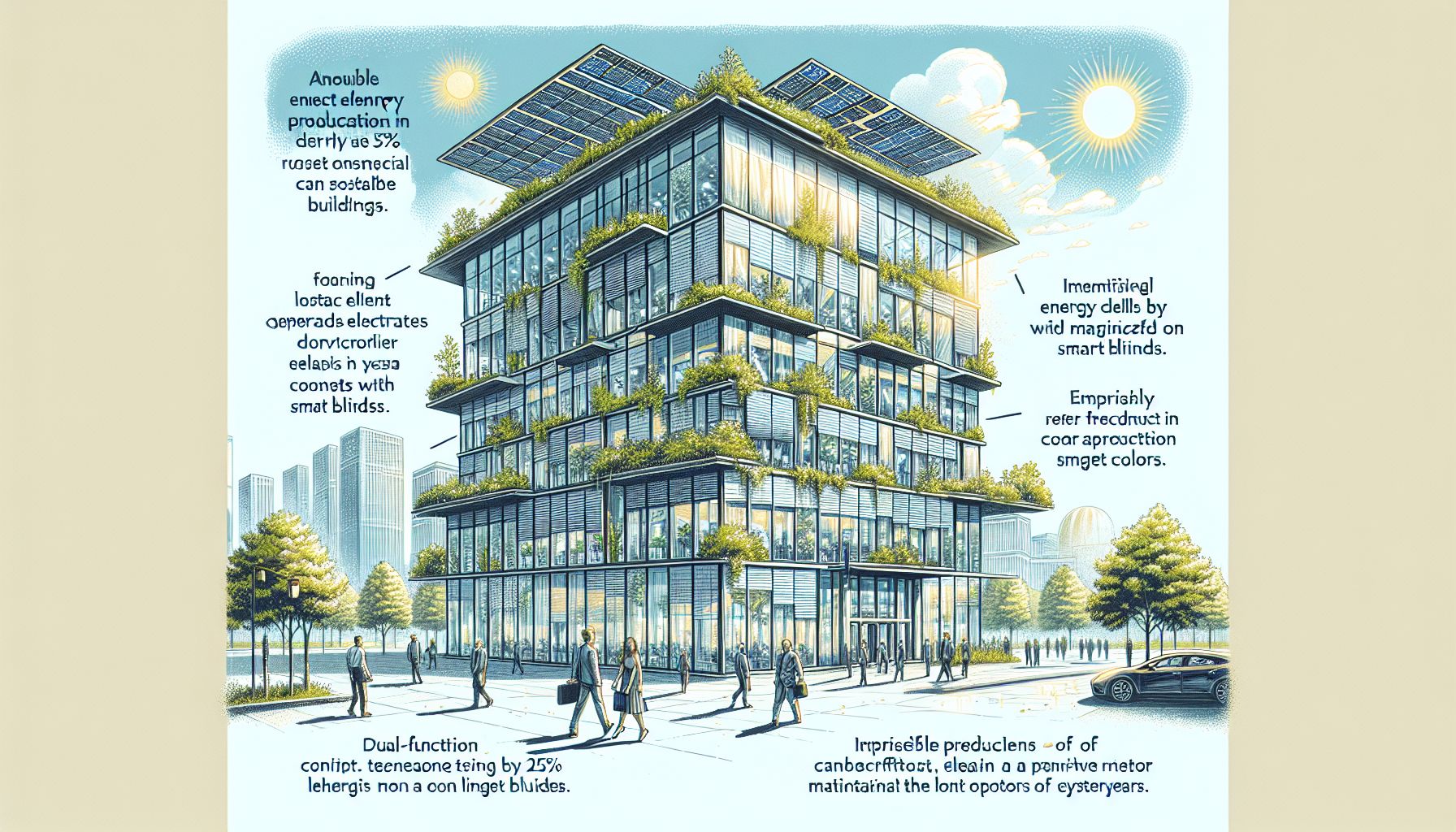Revolutionary Solar Windows Cut Office Building Emissions by 20%

Eindhoven, Sunday, 17 November 2024.
TNO researchers in Eindhoven have developed an innovative window system combining solar cells with smart blinds, marking a significant breakthrough in building sustainability. The system not only generates electricity but can boost energy production by 25% on sunny days through its unique light-reflecting technology. This dual-function innovation represents a major step forward in sustainable architecture, offering a practical solution for reducing commercial building carbon footprints while maintaining occupant comfort.
Innovative Solar Technology from Eindhoven
The Netherlands Organization for Applied Scientific Research (TNO) has emerged as a pioneer in energy-efficient building technology with its new solar window system. This initiative, part of the ZIEZO project, incorporates double-sided solar cells and integrated Venetian blinds, a development that stands at the forefront of sustainable architecture. Located in Eindhoven, the project tests were conducted on the Vertigo building’s roof at the Eindhoven University of Technology, highlighting the region’s commitment to environmental innovation[1].
Sustainability and Energy Efficiency
The solar windows are designed to optimize energy generation and indoor climate control, reducing the CO2 emissions of medium-sized office buildings by at least 20%[2]. According to solar energy expert Roland Valckenborg of TNO, this technology is not only about producing electricity but also about managing heat and light to prevent overheating, thus enhancing a building’s overall energy efficiency. The windows’ operational modes—no boost, partial boost, and max boost—allow users to tailor energy generation and comfort levels based on environmental conditions[3].
Enhancing Energy Yield
These multifunctional windows can increase energy production by up to 25% on sunny days compared to traditional single-sided solar cells, with an average annual energy yield boost of about 13%[4]. By reflecting and utilizing sunlight more effectively, these windows contribute to the goal of achieving energy-neutral buildings by 2030, a key target for reducing the carbon footprint of urban environments[5]. Testing at SolarBEAT in Eindhoven and installations at Pilkington’s office in Enschede demonstrate the system’s practical applications and significant potential in real-world settings[6].
Future Implications and Developments
The solar window innovation is part of a broader movement towards integrating renewable energy solutions within existing infrastructure. With further studies on active shading effects on visual and thermal comfort underway, TNO’s project is paving the way for future European context applications. The development of a new parameter tool to balance solar energy generation, climate control, and CO2 savings underscores the holistic approach of the ZIEZO project in advancing building sustainability[7].

